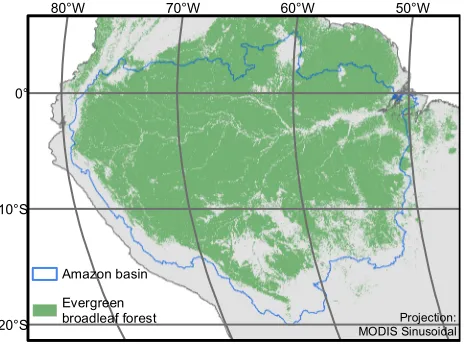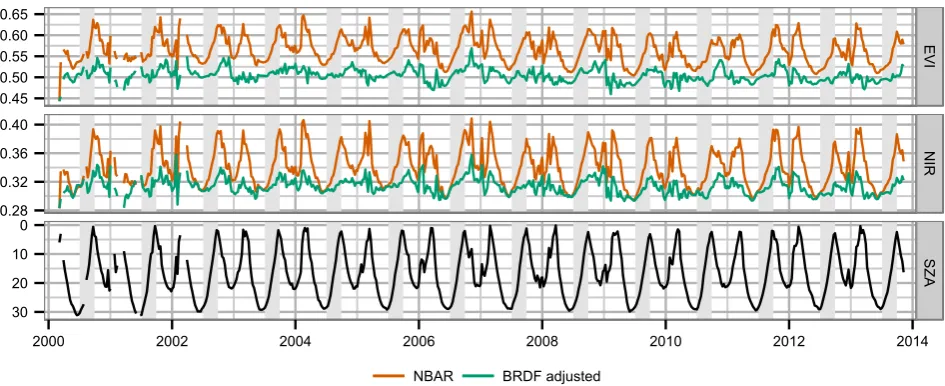isprsarchives XL 7 W3 337 2015
Teks penuh
Gambar



Garis besar
Dokumen terkait
It provides important and meaningful information for the monitoring and mapping of wet snow and for estimating spatial extent of accumulation areas for large Alpine glaciers..
The resulting map allows the estimation of three distinct types of coral cover (field, patches, spurs and grooves); the differentiation of sand, rubble and rock substrate; and
TerraSAR-X and Radarsat-2 images of five test areas along the German North Sea coast acquired between 2008 and 2013 form the basis for the present investigation and
Monitoring biodiversity and the impacts and outcomes of conservation projects at national, trans-boundary and global levels is an essential challenge for all
Model inversion and validation: The PROSPECT input parameters (N, C m and C w ) and the two leaf functional traits (LDMC and SLA) were simultaneously retrieved by
The GHG-CCI data products and related documentation are freely available via the GHG-CCI website and yearly updates generated with improved retrieval algorithms and covering
The estimated biomass maps of 2004 and 2012 illustrate the high spatial and inter-annual variability of biomass in the study area and the need for a flexible
Ground reference data of leaf area index (LAI), chlorophyll (SPAD) and nitrogen (N) concentration of winter (WW) and summer wheat (SW) and corresponding RapidEye imagery.. Site-ID